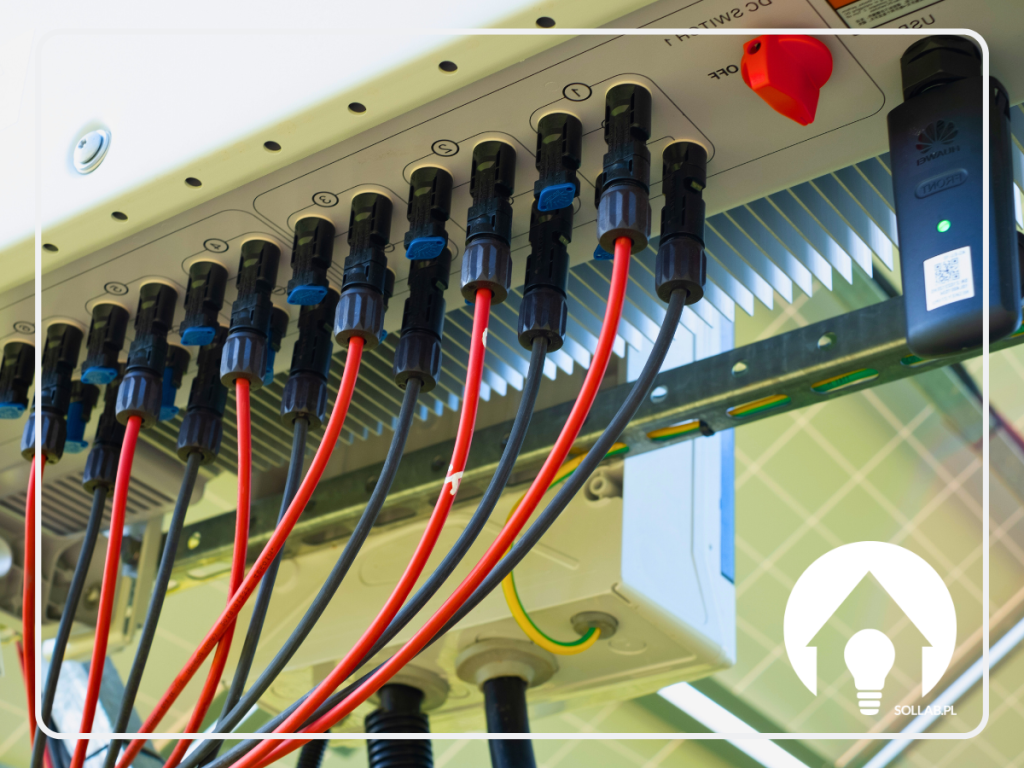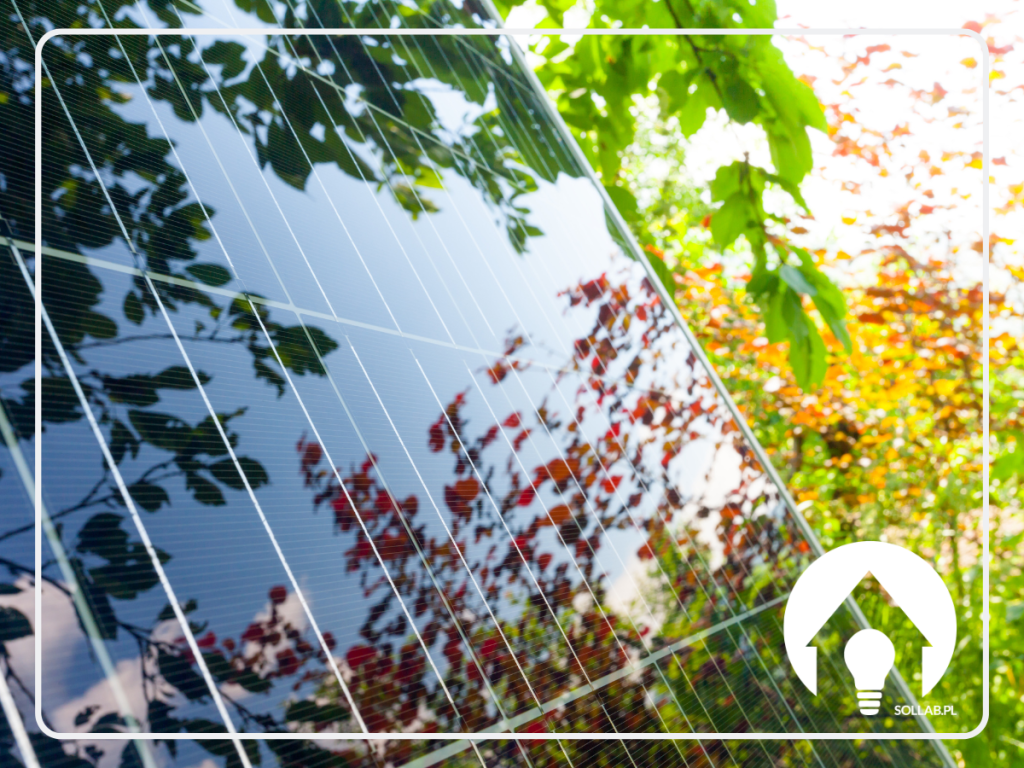How to detect a faulty photovoltaic panel?
Nowadays, solar energy is becoming an increasingly popular source of energy, thanks to its environmental friendliness and cost-effectiveness. However, like any technology, photovoltaic installations can also encounter technical problems. A faulty PV panel can significantly reduce the efficiency of the entire system, so it is important to locate and repair it quickly. In this post, we outline some proven methods for spotting problems with PV panels.
What damages photovoltaics?
Photovoltaic (PV) systems, although designed to last for many years and withstand harsh weather conditions, can be subject to a variety of damage. Knowing what the potential risks are is key to being able to properly protect your PV system and ensure its long-term performance.
The main factors that can cause damage to PV installations include weather conditions. One such factor is hail, which can directly damage the surface of the panels, causing cracks or scratches that affect performance. Strong winds, which very often accompany hailfall, can cause physical damage to the panels or their mounting structure. Thunderstorms can also be a potential threat to photovoltaic installations. A direct lightning strike can destroy a panel or electrical system. Storms can also lead to surges in the grid, damaging PV system components.
Mechanical damage such as incorrect installation can also damage the installation. Errors during installation can lead to mechanical or electrical damage to the panels. Errors in system design, such as sub-optimal panel layout or inadequate component selection, can adversely affect the performance and durability of the installation. It is important to use certified installers.
Over time, photovoltaic panel materials can degrade when exposed to UV radiation or extreme temperatures, resulting in a decrease in performance.
The most common damages to photovoltaic panels
Although photovoltaic panels are designed for long-lasting and reliable use, they are not without risk of damage. Recognising the most common problems can help you diagnose and repair them more quickly, ensuring years of efficient plant operation. Here are some of the most common failures of photovoltaic panels:
1. micro fractures:
- Causes: Micro cracks can already form during transport, installation or as a result of extreme weather conditions such as hail.
- Implications: Although they may seem innocuous at first, over time they can lead to a significant drop in panel performance.
2. hot-spots:
- Causes: They arise as a result of uneven current distribution in the panels, often caused by shadows, dirt or cell damage.
- Implications: Overheating and damage to local areas of the panel, which can lead to a permanent reduction in its performance.
- Mechanical damage:
- Causes: Direct impacts (e.g. by hail, tree branches) or improper handling can lead to physical damage to the panels.
- Implications: Cracks or scratches that can significantly affect the performance of the panels.
4. damage caused by animals:
- Causes: Rodents can chew through cables and birds can damage panels by building nests.
- Implications: Mechanical and electrical damage, leading to reduced system performance.
How to detect a faulty photovoltaic panel?
Most problems can be prevented by regular maintenance and inspection of the installation. If damage is detected, it is important to act quickly to repair or replace damaged components. Below are some proven methods for detecting problems with PV panels:
- Visual inspection:
The first step in diagnosing the condition of photovoltaic panels is a thorough visual inspection. Look for any visible signs of damage, such as cracks, scratches or even dirt, which can affect the performance of the panel. It is also important to check that all connections are secure and that there are no loose cables.
- Performance monitoring:
Many modern photovoltaic systems are equipped with advanced monitoring systems to track the performance of each panel individually. A drop in performance may indicate a problem with a particular panel. By regularly comparing the output of individual panels, any anomalies can be quickly identified.
- Voltage and current measurement:
Using a multimeter, the voltage and current generated by individual panels or strings of panels can be measured. Panels with faults often have lower values for these parameters, which may indicate a problem.
- Thermographic survey:
The use of a thermal imaging camera is one of the more advanced and effective methods of fault location. Damaged or inefficient panels may show a different temperature than efficient panels, which can be easily observed during a thermal imaging test.
How to protect photovoltaic panels?
Ensuring that photovoltaic panels are protected from potential damage is key to maintaining their performance and longevity. There are a number of strategies, including physical safeguards, to help reduce the risk of failure or damage.
Monitoring the condition of a photovoltaic installation in real time is essential to identify potential problems early on. Monitoring systems can track a variety of parameters, such as output, temperature and current and voltage, allowing a rapid response to anomalies. The simple installation of cameras on the roof can also increase safety by allowing continuous observation of the installation.
Proper installation of photovoltaic panels is a key element in ensuring their long-term performance and safety. It is worth hiring experienced and certified installers who use the right tools and installation techniques. This will ensure that the installation is carried out in accordance with industry best practice
In addition, financial security by insuring the photovoltaic installation against damage resulting from various causes, such as adverse weather, vandalism or theft, is an important part of protecting the investment. Insurance offers additional protection, providing financial coverage in the event of unforeseen events, which translates into greater peace of mind for the owner.
Summary
Regular inspection and maintenance are key to maintaining the high efficiency and longevity of a photovoltaic installation. Knowledge of the above methods will allow you to quickly locate and troubleshoot a faulty panel, minimising the loss of energy production. However, remember that if you are in doubt or do not have the right tools, the best solution is to consult a professional to help you diagnose and repair your system.
We encourage you to carry out regular maintenance and follow the above tips so that your photovoltaic installation serves you effectively for many years.
















